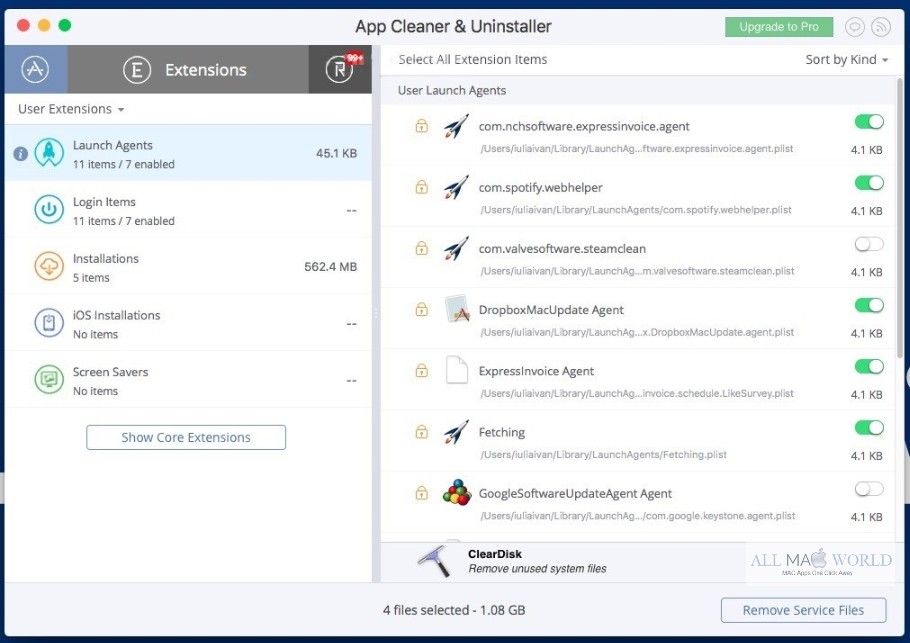Download Norton device security product on Mac. Sign in to your account. Type in your email address and password for Norton, and click Sign In. In the My Norton portal, click Download. In the Get Started page, click Agree & Download. When the download finishes, double-click the file that you downloaded to launch the Norton installer. Find Symantec software downloads at CNET Download.com, the most comprehensive source for safe, trusted, and spyware-free downloads on the Web. Methods for installing the Mac client. If you downloaded the installation file. Extract the contents to a folder on a Mac computer, and then open the folder. Symantec Endpoint Protection.dmg. To the desktop of the Mac computer. Symantec Endpoint Protection 14 Mac Download Windows 10. Symantec Endpoint Protection 14 reduces bandwidth usage and definition file sizes by 70 percent over previous versions. Our proprietary real-time cloud lookup enables faster scanning times. Download Symantec Norton AntiVirus X Updates for Mac - Keep your Norton Anti-Virus for Mac up to date.
WARNING: RemoveSymantecMacFiles does not target a single Symantec product. It removes all files and folders for ALL Symantec and Norton products for Mac, including any contents you have created yourself within those folders.
To download and run RemoveSymantecMacFiles:
- Download RemoveSymantecMacFiles.zip from article attachments.
- Symantec updates this tool regularly to accommodate changes introduced in newer releases of Symantec Endpoint Protection for Macintosh, so if you have not downloaded it recently, we recommend that you do so now.
- On the target computer, double-click the RemoveSymantecMacFiles.zip file that you downloaded so that the file expands.
- We recommend using the built-in Archive Utility to expand this file.
- NOTE: To use this tool, you must be logged in to the Macintosh with an Administrator account with a non-blank password.
- Open the RemoveSymantecMacFiles folder.
- Double-click RemoveSymantecMacFiles.command (if you do not display file extensions, it appears as RemoveSymantecMacFiles). This will launch a Terminal window.
- If an OS security prompt appears ('... can't be opened because it is from an unidentified developer') then use control-click to open and bypass security prompt (see Open a Mac app from an unindentified developer for more information).
- Type your macOS password, and then press return.
- NOTE: When you type your password, no characters appear.
- Do one of the following:
- To remove all Symantec files and folders, type 1
- To quit RemoveSymantecMacFiles without removing any files, type 2
- Press Return.
- The utility RemoveSymantecMacFiles removes all files within Symantec-installed folders, even those you may have created yourself.
- On the Terminal menu, click Quit Terminal.

SymantecRemovalTool (SymantecRemovalTool.zip) is a modification to RemoveSymantecMacFiles, designed to be pushed out using customer's choice of remote deployment tool. It requires no user input when running as root. As with RemoveSymantecMacFiles, all files and folders that Symantec Mac products have created will be removed; therefore, you will lose all files that reside in those folders, including any that you have created manually. For more information, please see the readme file included with the SymantecRemovalTool download. Symantec provides support for SymantecRemovalTool/RemoveSymantecMacFiles only when running them locally; it is the customer's responsibility to integrate SymantecRemovalTool with Apple Remote Desktop or other remote deployment tools.
Both of these tools require no arguments. Any arguments they receive are each assumed to be potential installation points for Symantec products. Remote deployment solutions (Casper, JAMF, et al) that automatically populate shell script arguments ($1, $2, etc) with other data may cause the Symantec tool to throw an error. To work around this, the remote deployment solution may be configured to call first a dummy script that in turn calls the removal tool without any extra arguments.
To install your Norton device security product on Mac, you need to have Mac OS X 10.10.x (Yosemite) or later. To know the version of the Mac operating system installed on your Mac, click the Apple menu icon at the top-left corner, and then click About This Mac.
Symantec For Mac Download
Sign in to your account.
Type in your email address and password for Norton, and click Sign In.
In the My Norton portal, click Download.
In the Get Started page, click Agree & Download.
When the download finishes, double-click the file that you downloaded to launch the Norton installer.
Before you install Norton, click Norton License Agreement to read the product license agreement.
Depending on your operating system, select one of the following: